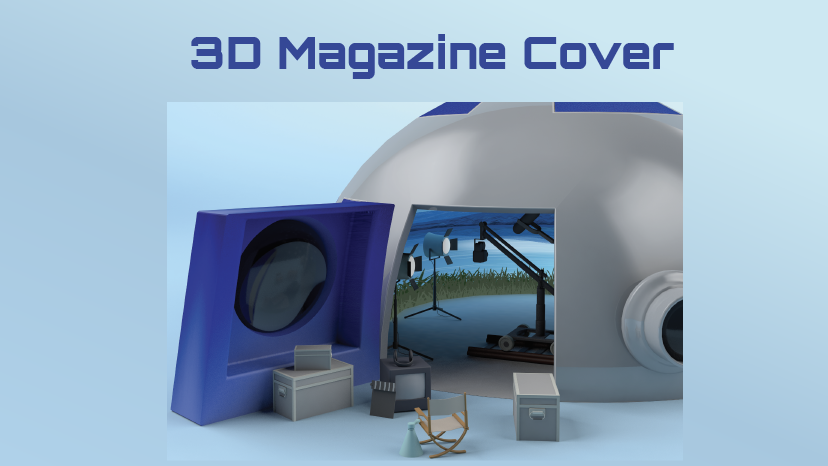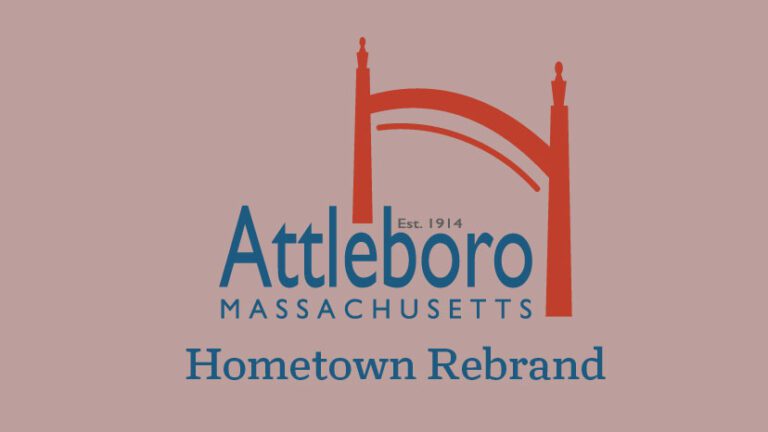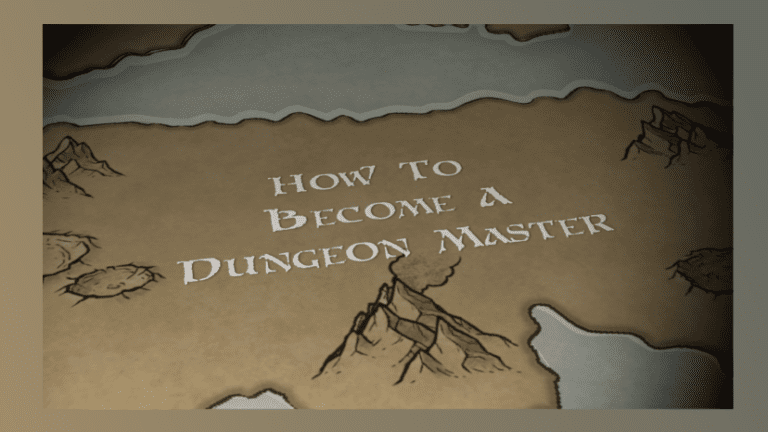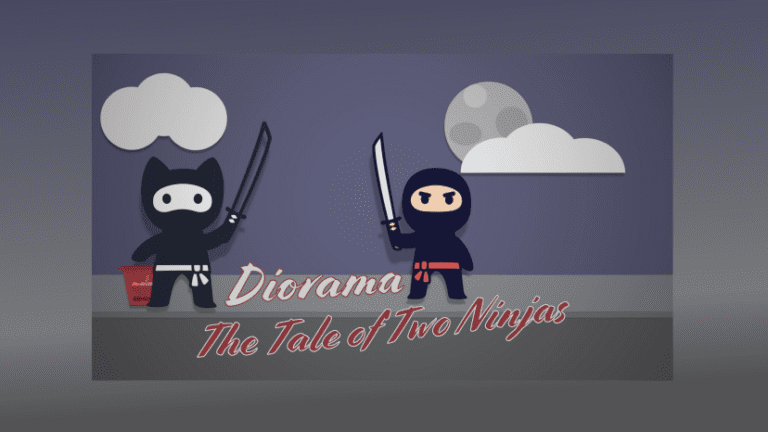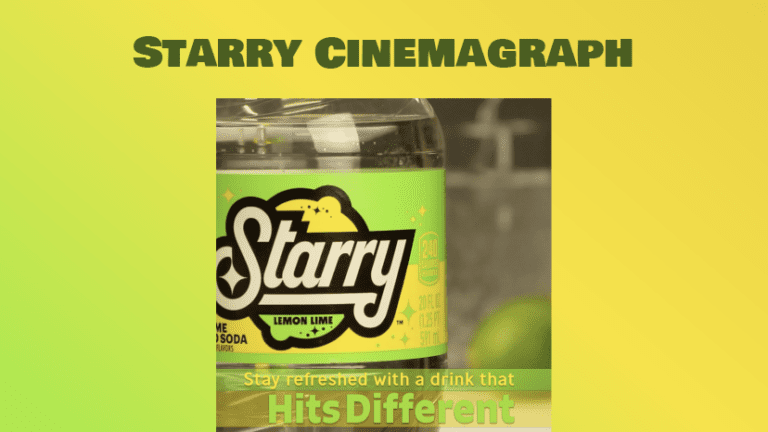Star Wars Technology Changes Film
The Volume: New Tech, New Era
3D Magazine Cover: Introduction
As a designer, I was tasked to visualize an intangible object for an audience of incoming, and present filmmakers. The goal of my cover design is to recreate a whole film production scene using multiple tools in CInema4D to frame the top part of the R2D2 head opening up like a doorway to the film studio where you would see ‘The Volume’ along with the other film tools used to capture the on-screen effects. The challenge required I understand the target consumer’s demographic, such as their interests, skills, and personality.
Continue reading below to learn how the final product of the magazine cover came together in the end…
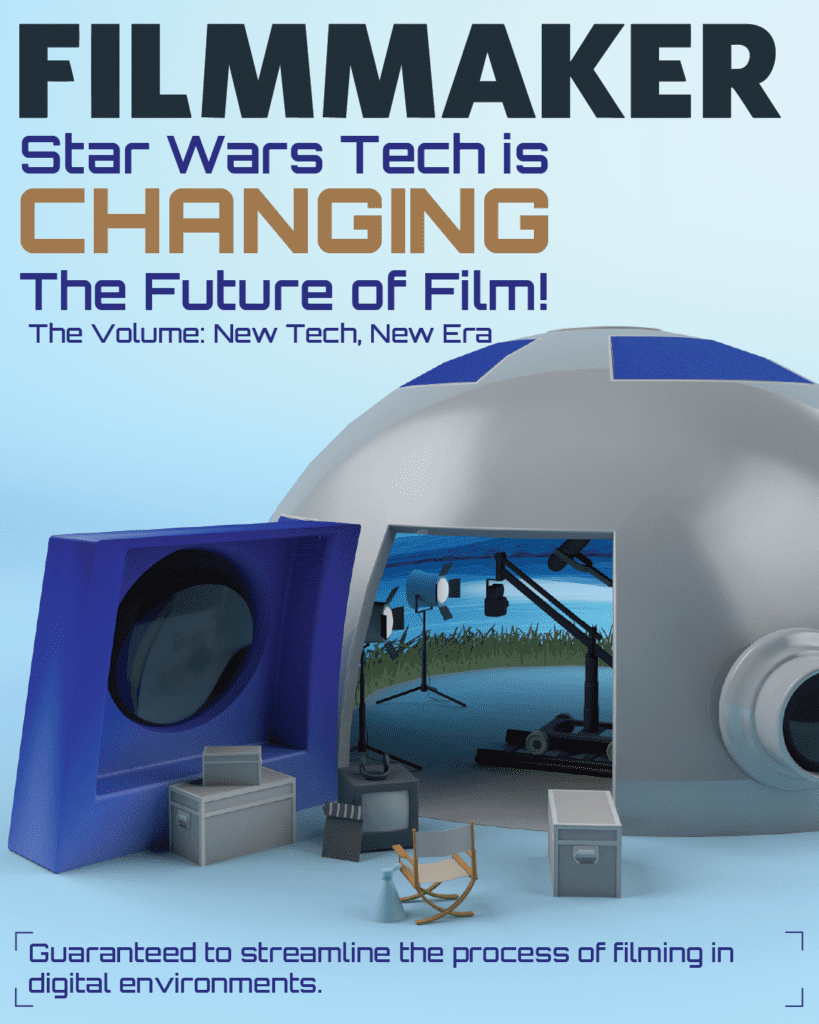
What is the ‘The Volume’?
The Volume is an LED immersive soundstage that was used to film Obi-Wan Kenobi and The Mandalorian. It is almost 360-degree, with seamless LED panel screens and ceiling. The Volume was first built at Manhattan Beach Studio in California for the first season of The Mandalorian before being rebuilt for season two of the show. Now there are replica set-ups of The Volume being built around the world.
What makes The Volume different is that it uses video game software, including Unreal Engine and Helios to change or create a background that can be used in real-time as it is being filmed. The process of using the LED soundstage and this software to integrate special effects is called ‘StageCraft’.
To learn more about the ‘The Volume’
(Ehrenhofler, The volume: How the inventive star wars tech is changing the future of film, 2022)
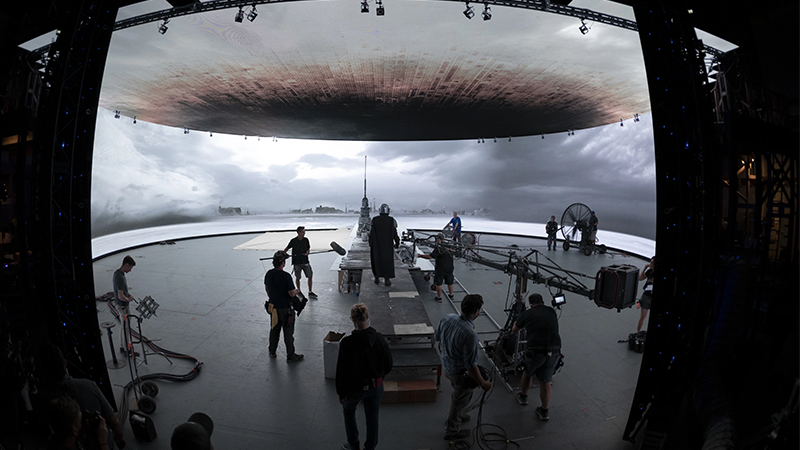
Target Persona
Mid-size film production companies that are looking for technology where they can film from anywhere in the universe straight from their local studio. Why I am so comfortable with this industry? because I am an average sci-fi goer that has a passion for films and, more so the Star Wars brand. I personally feel like I can reach out to those filmmakers along with other sci-fi goers who also share the same passion as me and convince those consumers to purchase this magazine and/or product.
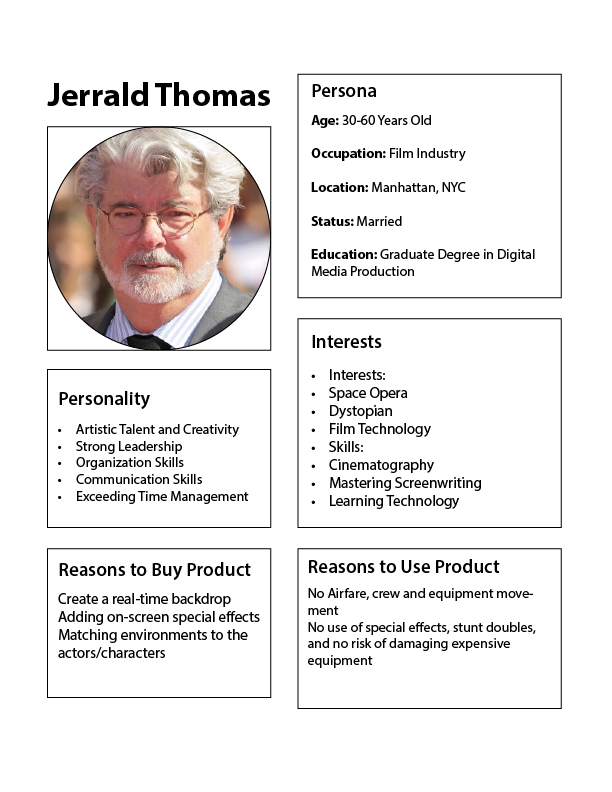
Challenges
I had to overcome the obstacle of finding a way to incorporate the value proposition that fits the description of the technology without being too literal. Meanwhile also thinking of a unique way to sculpt a 3D metaphor that reaches the target audience and makes the consumer want to use/buy this product. This unique idea will solve any problem that arises in filmmaking today as not many companies are aware of the capabilities that the Volume LED screen has in store.
What is Problem Space?
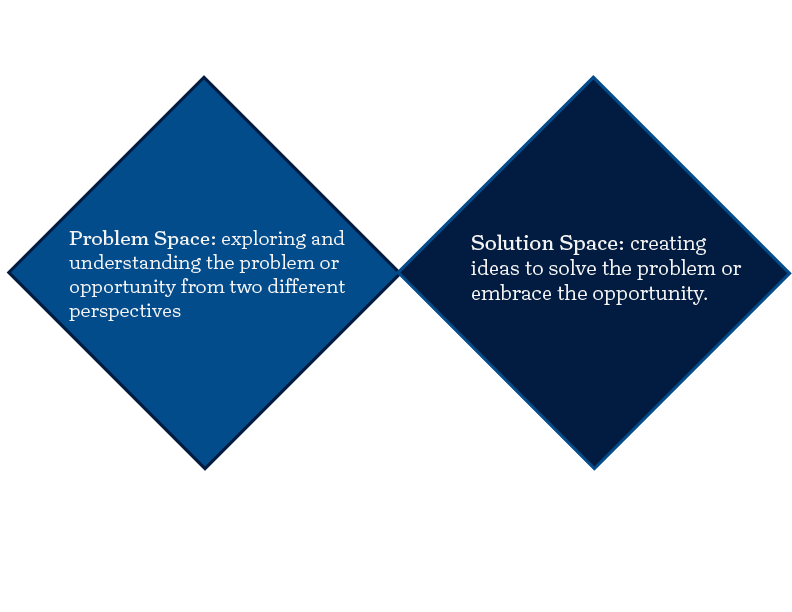
How I Understood and Solved the Problem
- Filmmakers make the piece of technology more applicable in other movies and tv-series.
- Filmmaker’s jobs will become easier.
- Making the correlation between the promise and the product.
The value proposition that I came up with, in other words, the promise that will be made to the consumer of the magazine and product is that it is guaranteed to streamline the process of filming in digital environments. Above all I want this magazine to intrigue viewers to read more into what the technology is and how they can find a use for it.
Affordances and Limitations
- Reduces costs of airfare and equipment moving (Afd.)
- Takes away the dangerous stunts (Lmt.)
- No more stapping a camera on a moving car
- Adding on-screen special effects (Afd.)
- Matching environments to the actors (Afd.)
SWOT Analysis
During the research, I conducted a 4-way box design called a SWOT which analyzed the Strengths, Weaknesses, Opportunities, and Threats of the LED Screen Technology.
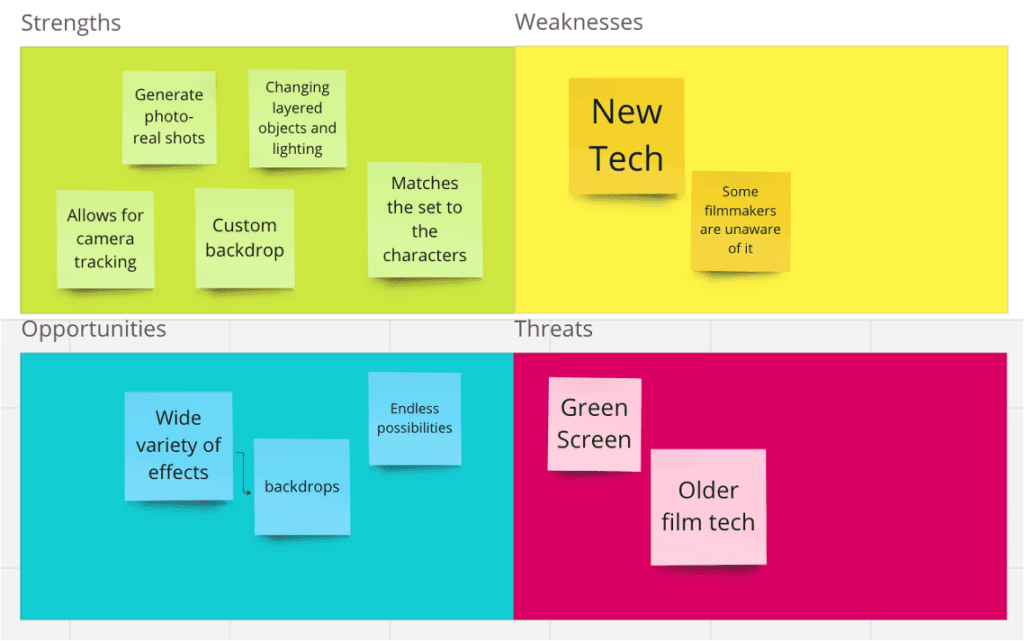
How I Helped
I wanted to strike emphasis on the LED screen being used in a film environment including the legendary Star Wars movies and TV space operas in the final result of the magazine.
In order to achieve the goal of reaching the designated target audience of filmmakers, I used a popular magazine such as Filmmaker Magazine to showcase the main product along with displaying a visual metaphor using Star Wars as the subject for the magazine cover. Followed by that I used information from a web article that goes into detail about how the infamous Star Wars technology is changing the future of film today by encouraging the use of The Volume all across the world.
Original Sketch Idea
I originally had an idea to have a full model of R2D2 that was going to have his individual tools that come out from his droid body and show off the many different production tools that are used to create a film set. This was going to be sculpted in Cinema4D, however, I learned that it would take a lot of time that I could not spare with the 10 weeks that I had to research, develop, sketch, and create a final piece.
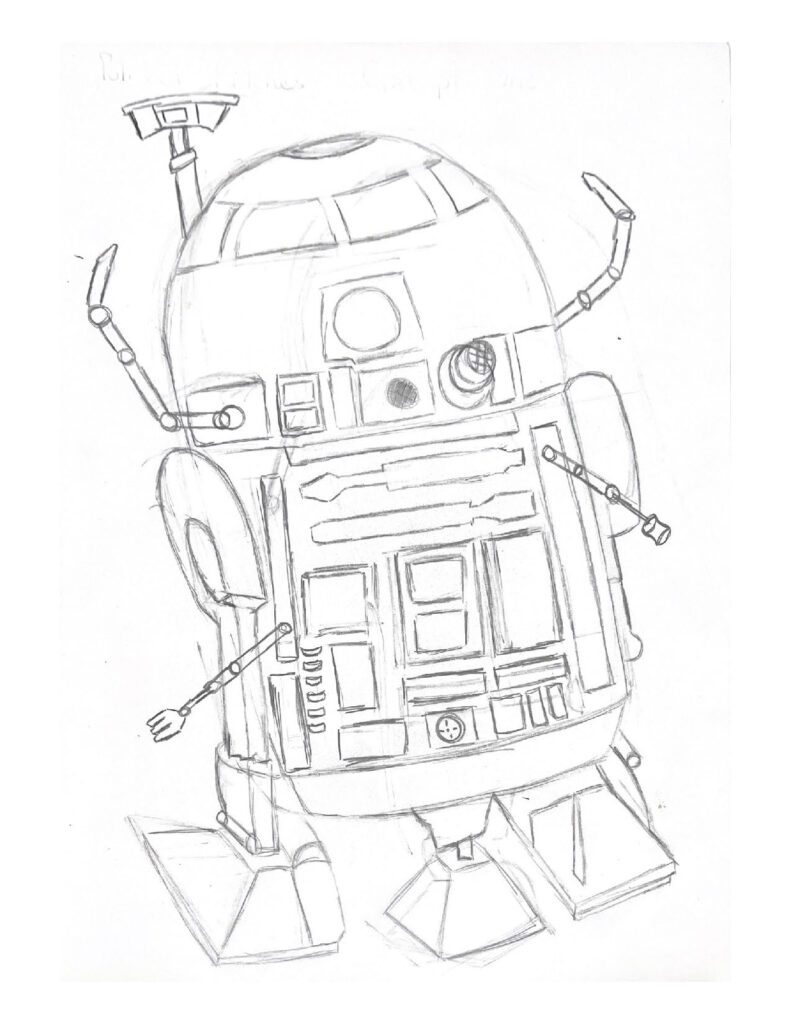
Sketched Cover Layouts
It was decided to go with a simple cover layout and simple model design that was stylized. I wanted to originally do the whole R2D2 full body model, but realizing that it would have much more complicated than I thought I drew the conclusion to design just the head and a few recognizable details that would lure the reader in on the magazine. The image to the right allowed me to plan out how the type and model were going to appear in the final render.
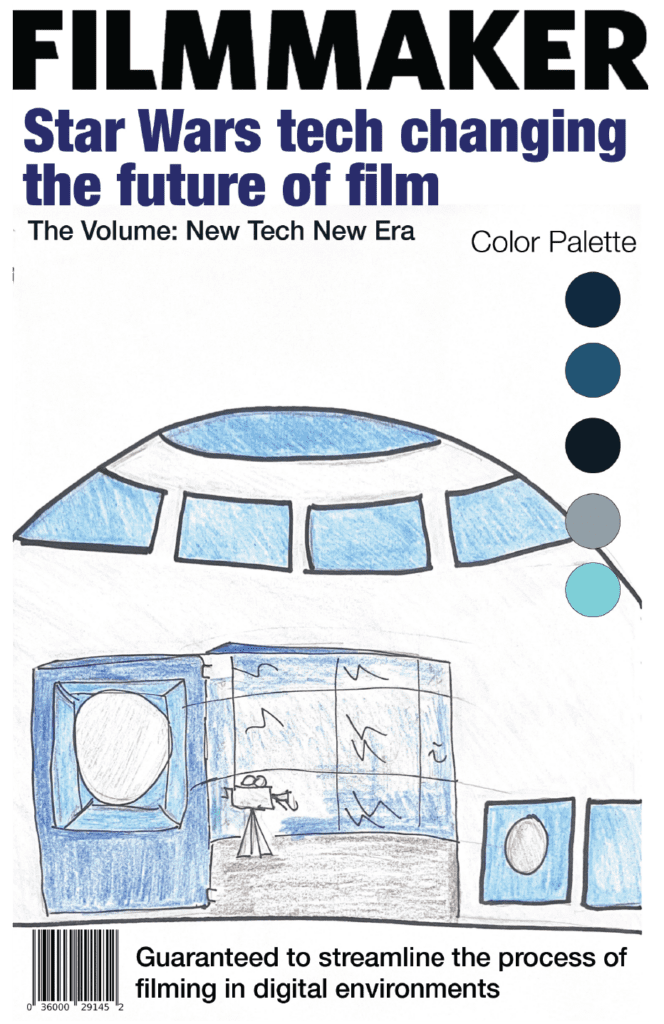
How it came together in C4D
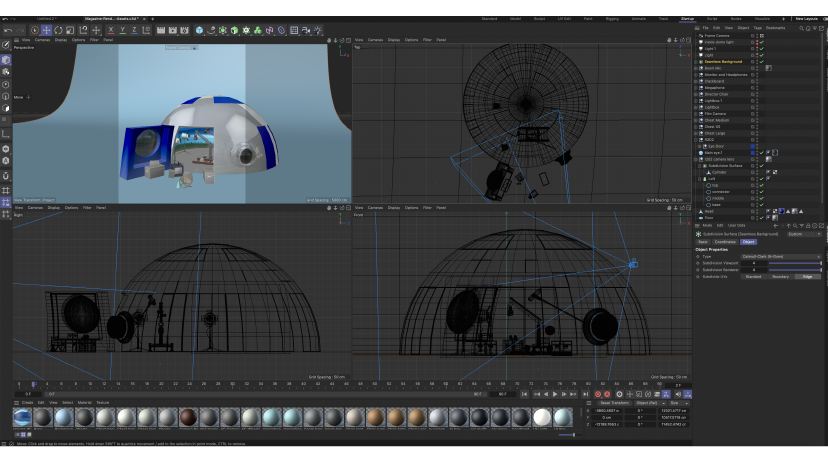
During the creation of the R2D2 model in Cinema4D each individual asset was made separately before pasting them all into one document. The process was tedious yet fun to sculpt the film production pieces. Once everything was made, it took a little bit of time to arrange the set compositionally and set up the camera with the right focal length and aperture.
For the main piece of the render, The Volume screen was designed using a single primitive called a ‘Capsule’ then removed the majority of the polygons that were connecting it together, and lastly removed the ‘Phong’ tag which made the object appear more polygonal and look similar to the real thing. Finally, I added a low-resolution, cartoon image onto the LED screen and placed it inside the dome-like head.

